Affiliate links on Android Authority may earn us a commission. Learn more.
Buying a 5G phone is already a confusing mess
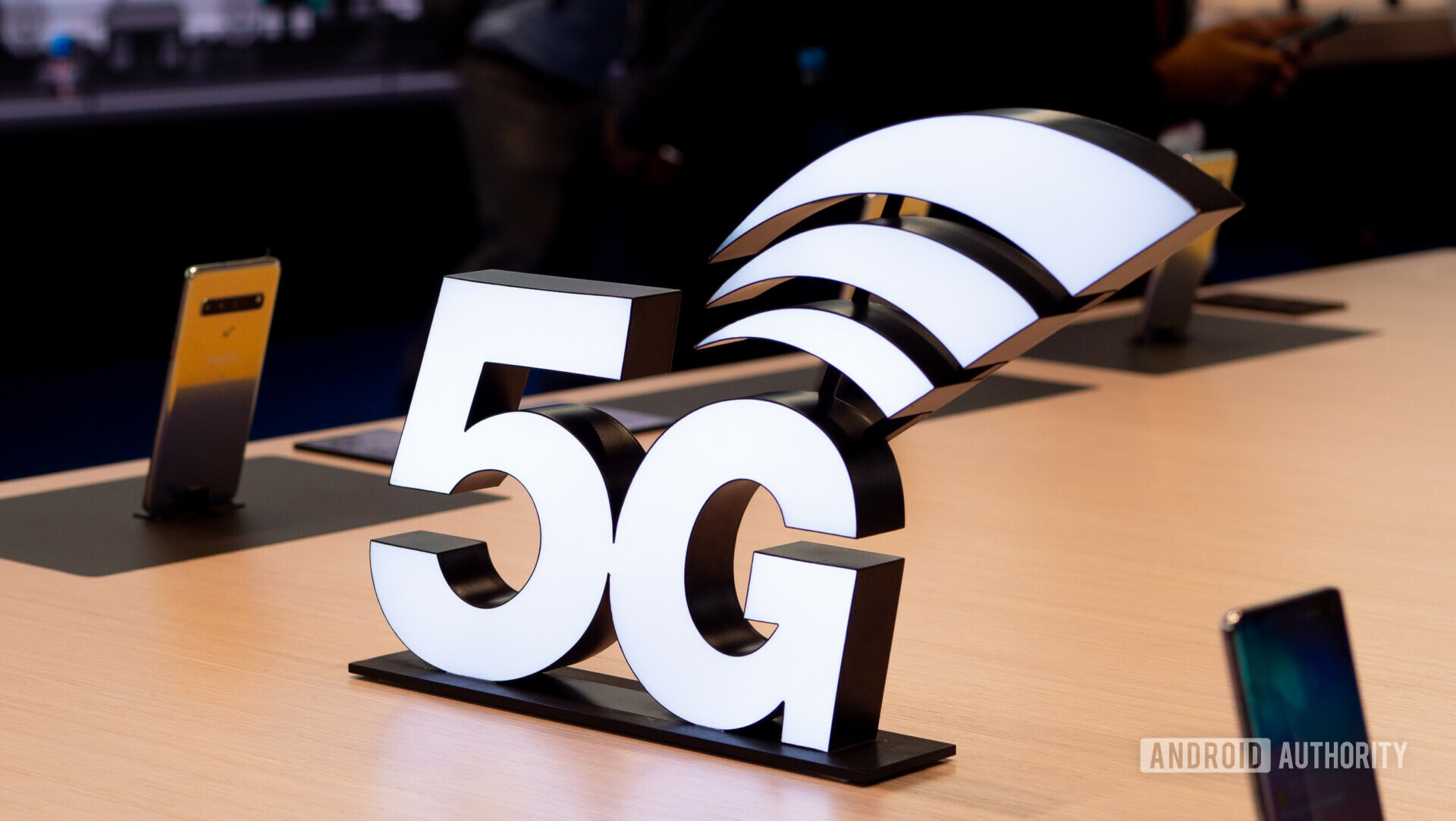
2020 is supposed to be the year 5G really takes off and becomes a mainstream success — if you believe the industry hype, that is. However, this year’s big smartphone releases have barely made it out the door and already knowing which 5G handset to buy is quickly descending into a farce.
I’m talking, in part, about the new Samsung Galaxy S20 5G models. If you’ve studied the S20 spec sheets, you’ll have noticed that the Samsung Galaxy S20, the smallest one, doesn’t support mmWave technology. All three models support sub-6GHz spectrum but you’ll be stuck with 4G LTE data if you try to take the regular Galaxy S20 5G onto a mmWave-only network like Verizon. That could certainly come to a surprise to some consumers who end up wondering why they can’t get 5G speeds on their 5G phone.
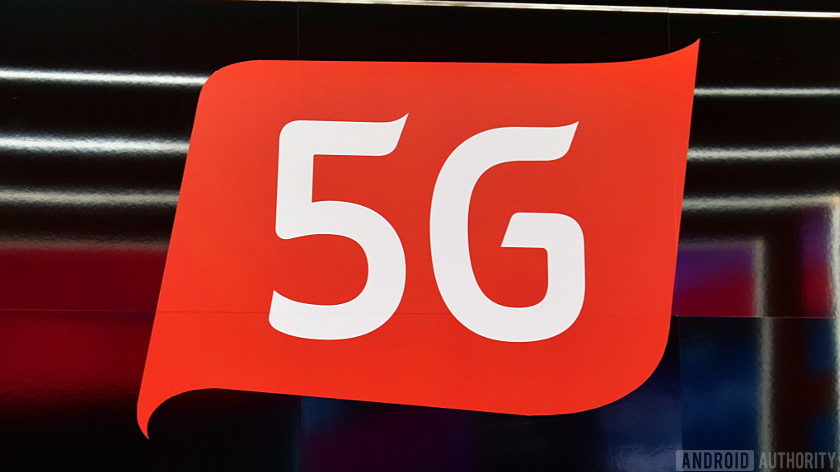
From a general consumer perspective, this situation verges on ridiculous. Surely all Galaxy S20 5G phones should perform the same when it comes to any given 5G network?
Joe Public isn’t concerned with phone specifications and nor should they have to learn about modems and their carrier’s network bands to simply buy a phone that works as intended. But that’s the situation we’re looking at, with networks and phones sporting very different 5G bands and capabilities.
Consumers can't be expected to learn the subtle differences between 5G networks and handset capabilities.
This isn’t just a Samsung problem. This situation applies to all of the 5G smartphones released so far. A good deal of them only support sub-6GHz 5G, but manufacturers also often offer a more niche mmWave model too. For example, Sony Xperia 1 II is sub-6Ghz only while the Xperia Pro will support mmWave. Worse still, there’s the basic LG V60 ThinQ 5G model heading to all carriers, but also a mmWave Verizon exclusive “5G UW” version too. We can break this mess down even further to find that these phones all support a variety of different 5G radio bands too. Here’s a list of some current 5G smartphones and the types of 5G technology they support:
| 5G sub-6GHz | 5G mmWave | 5G radio bands | |
|---|---|---|---|
Samsung Galaxy S20 5G | 5G sub-6GHz ✓ | 5G mmWave ✗ | 5G radio bands n2, n5, n41, n66, n71 |
Samsung Galaxy S20 Plus 5G / Ultra 5G | 5G sub-6GHz ✓ | 5G mmWave ✓ | 5G radio bands n2, n5, n41, n66, n71, n260, n261 |
LG V60 ThinQ 5G | 5G sub-6GHz ✓ | 5G mmWave ✗ | 5G radio bands n2, n25, n41, n66, n71 |
LG V60 ThinQ 5G UW | 5G sub-6GHz ✓ | 5G mmWave ✓ | 5G radio bands n2, n25, n41, n66, n71, n260, n261 |
Sony Xperia 1 II | 5G sub-6GHz ✓ | 5G mmWave ✗ | 5G radio bands n1, n3, n28, n77, n78 |
Sony Xperia Pro | 5G sub-6GHz ✓ | 5G mmWave ✓ | 5G radio bands n2, n5, n66, n260, n261 |
realme X50 Pro 5G | 5G sub-6GHz ✓ | 5G mmWave ✗ | 5G radio bands n1, n41, n78, n79 |
OnePlus 7 Pro 5G | 5G sub-6GHz ✓ | 5G mmWave ✗ | 5G radio bands n41, n71 |
HUAWEI Mate X | 5G sub-6GHz ✓ | 5G mmWave ✗ | 5G radio bands n41, n77, n78, n79 |
LG V50 ThinQ 5G (Sprint) | 5G sub-6GHz ✓ | 5G mmWave ✗ | 5G radio bands n41 |
LG V50 ThinQ 5G (Verizon) | 5G sub-6GHz ✗ | 5G mmWave ✓ | 5G radio bands n260, n261 |
Samsung Galaxy S10 5G | 5G sub-6GHz ✗ | 5G mmWave ✓ | 5G radio bands n260, n261 |
Samsung Galaxy Note 10 5G | 5G sub-6GHz ✓ | 5G mmWave ✗ | 5G radio bands n5, n71 |
Samsung Galaxy Note 10 5G (Verizon) | 5G sub-6GHz ✗ | 5G mmWave ✓ | 5G radio bands n260, n261 |
Moto 5G Mod | 5G sub-6GHz ✗ | 5G mmWave ✓ | 5G radio bands n260, n261 |
The Samsung Galaxy S20 5G series supports the widest range of 5G bands that we’ve seen from a phone so far. Supporting a wider range of bands is the general trend for 2020 5G handsets so far. That’s good news for users around the world. By comparison, 2019’s OnePlus 7 Pro 5G and Galaxy Note 10 5G support very few 5G bands.
Even so, the 5G moniker is clearly split between sub-6Ghz and mmWave devices. It’s starting to feel a lot like HSPA+ versus 4G LTE all over again. At least back then, HSPA+, LTE, and WiMAX promised different functionality. mmWave and sub-6GHz are both marketed as 5G, but have different capabilities and requirements when it comes to speed and line of sight.
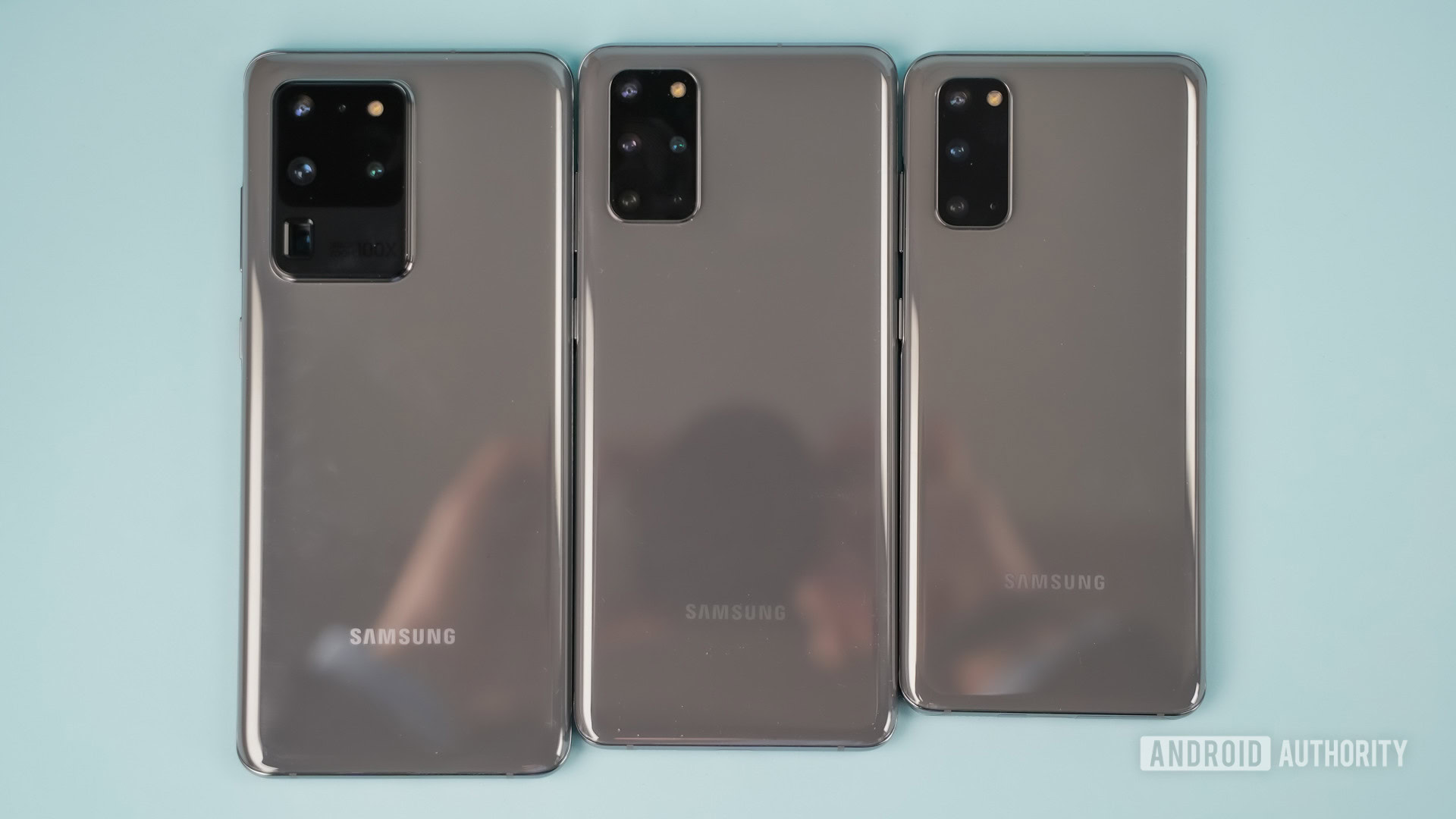
Is a sub-6GHz-only phone really 5G?
Sub-6GHz is the most affordable upgrade path to 5G for most carriers, but it’s not the fastest form of 5G tech around. That’s mmWave. Part of the problem is that the scope of 5G is simply massive and regional rollouts look very different all around the world. 5G handset manufacturers need to cater for the most common use case, sub-6GHz, but the more bands supported the better.
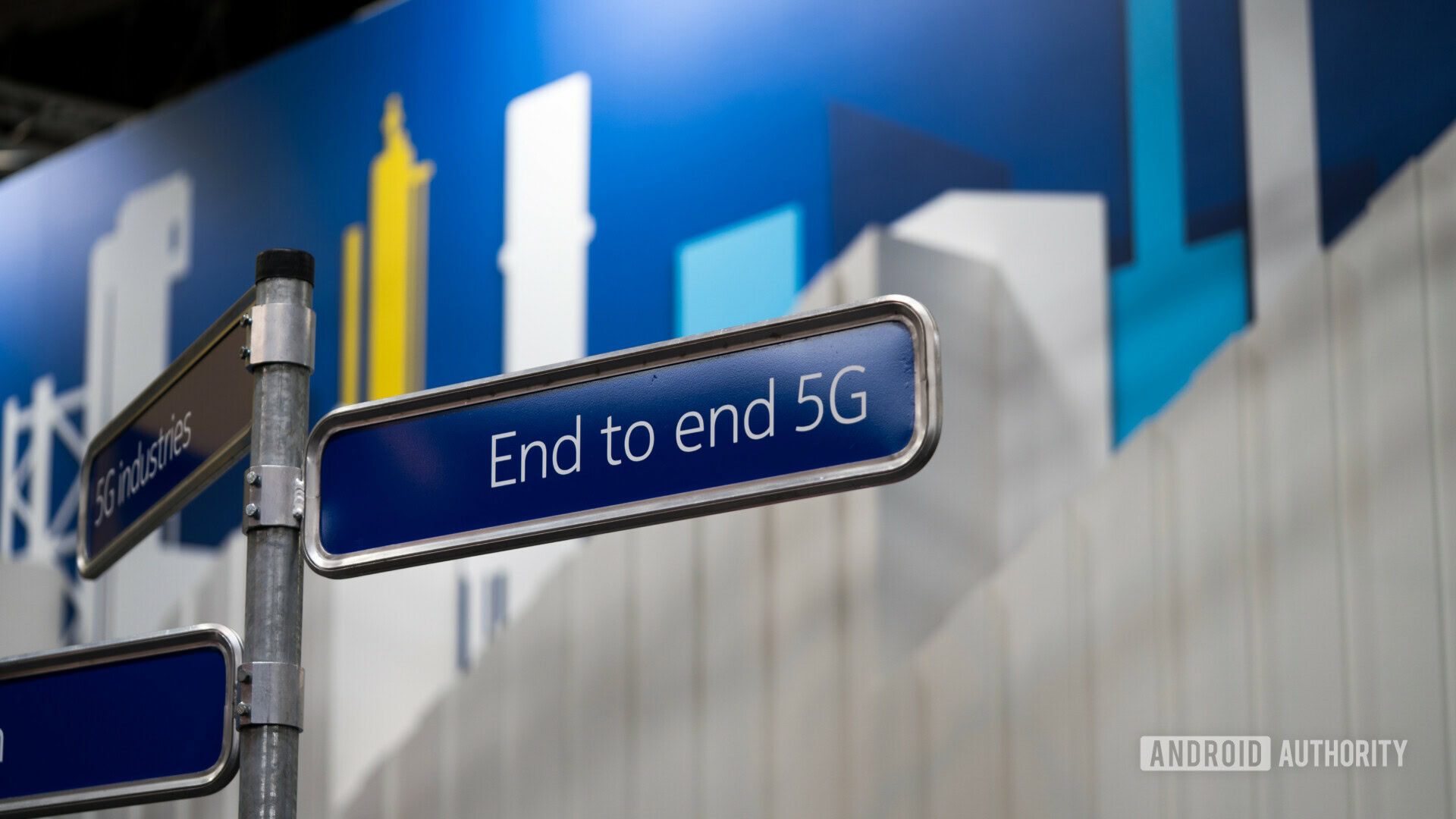
mmWave technology is going to take much longer to appear globally. The US is the only country with mmWave up and running right now, thanks to Verizon. In that sense, we can think of sub-6GHz as the most common 5G use case today, but more of a minimum experience going forward.
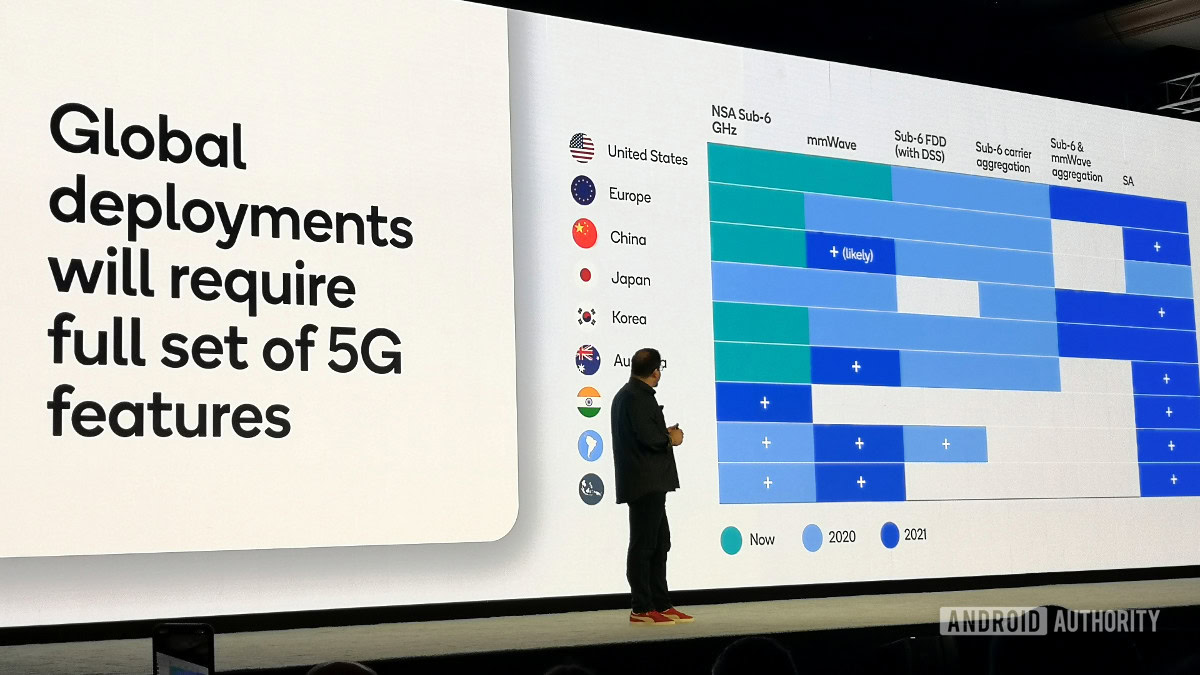
As such, sub-6GHz only phones are fine for now, at least in theory. However, you’ll want to check your phone supports the right bands for your country and carrier. A number of 5G handsets support just a few sub-6GHz bands. Remember though, these phone’s aren’t future-proofed for when mmWave 5G arrives in earnest. Consumers have to carefully consider if these expensive phones offer enough value for money.
Supporting just one or two sub-6GHz bands doesn't provide the most compelling 5G experience.
Most of 5G’s hyped-up features are based on mmWave technology, not the additional spectrum afforded by sub-6GHz. Want ultra-low latency gaming? You’re going to need mmWave and a Standalone 5G network for that. Want to hit those gigabit download speeds for 8K video? Again, it’s mmWave that’s the most capable of hitting those requirements.
While sub-6GHz phones are still 5G, and will offer faster data than 4G LTE, the best speeds are reserved for mmWave.
What if I don’t want 5G?
Increasingly tough luck, I’m afraid. Flagship-tier 4G handsets could be quite a rarity in 2020. See the announcement of the realme X50 Pro 5G in India, for example. A country not set to see 5G until 2021 or later. That 5G hardware will come with a premium price tag attached, whether you want it or not.
This leads us back to Qualcomm’s decision to bill its high-end Snapdragon 865 as a 5G-only chipset. If you want bleeding-edge performance you also have to tag on its X55 5G modem. Leading to the situation where budget-conscious or regionally focused manufacturers support just some sub-6GHz bands but don’t invest in the more expensive mmWave components. Or in the case of the Iqoo 3, drop 5G radio components entirely for a more affordable 4G-only model.
Remember though, as least Qualcomm supports mmWave across its Snapdragon 865 and more affordable Snapdragon 765. Some rival chips, such as the Samsung Exynos 980, MediaTek Dimensity 1000, and Dimensity 800 don’t support mmWave at all. In the rush to get 5G into consumers’ hands early, the standard is now all the more confusing.
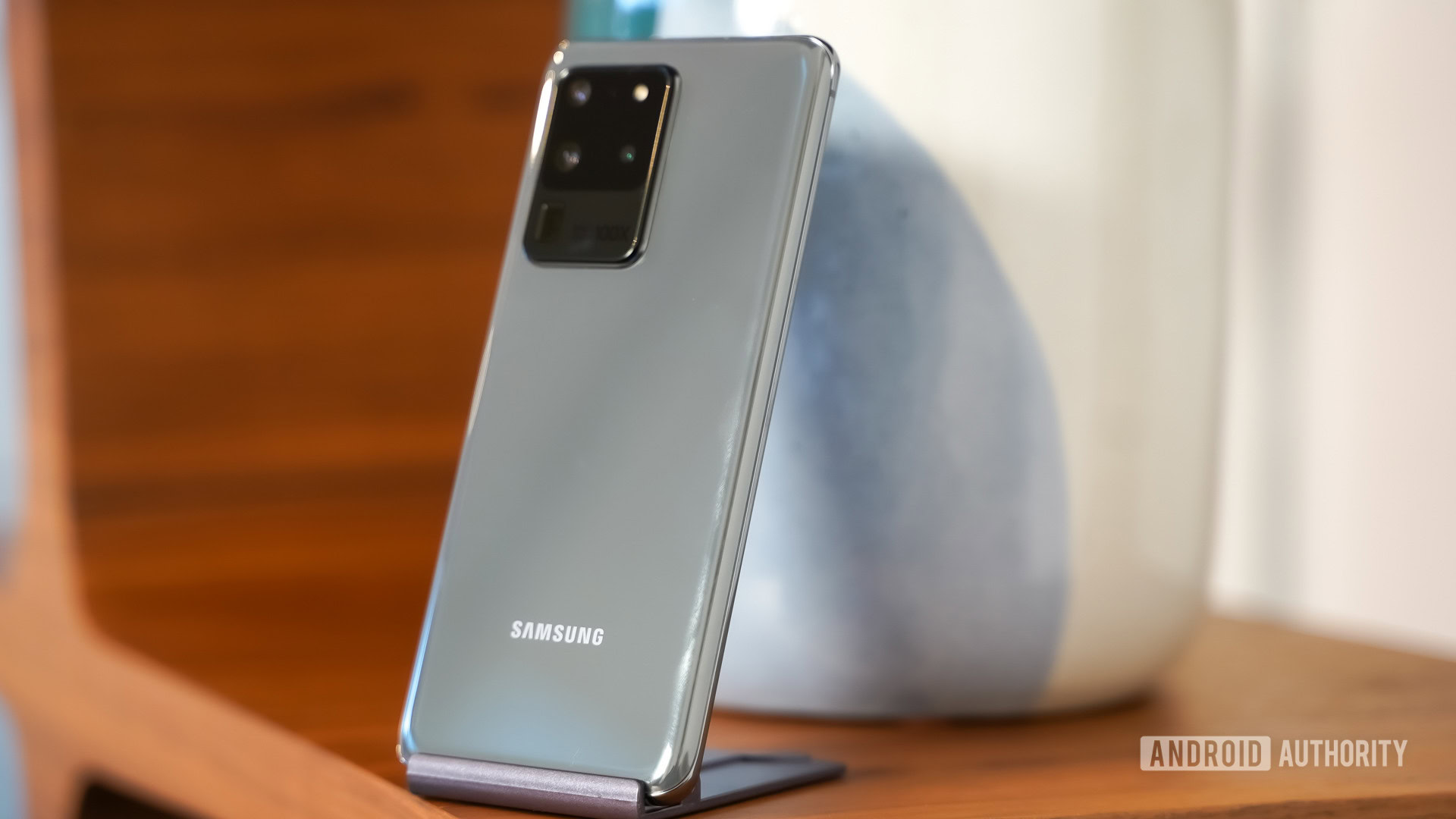
Returning to Samsung, the company is charging a premium with the Galaxy S20 Plus for mmWave technology that your country may not even support for years. After the recent price drops for the S10 series, the Galaxy S20 costs $250 more than the S10, meanwhile, the Plus version costs a whopping $350 more than its predecessor. Even without the discounts, the ticket price of each S20 series phone has increased by as much as $200 compared to their predecessors’ asking prices at launch. That’s a notable margin for the luxury of 5G technology. Although not as bad as the Samsung Galaxy S10 5G’s $1,299 original price tag at Verizon.
Granted, there is a 4G-only model of the Samsung Galaxy S20, but it doesn’t feature the same processor and it isn’t available in the US. Galaxy S20 4G availability is confirmed for the UK and India, but it’s not clear how many other regions will see the handset. We’ll probably see 4G models of other releases this year also, although that’s by no means guaranteed.
Why I won’t be buying a 5G smartphone this year
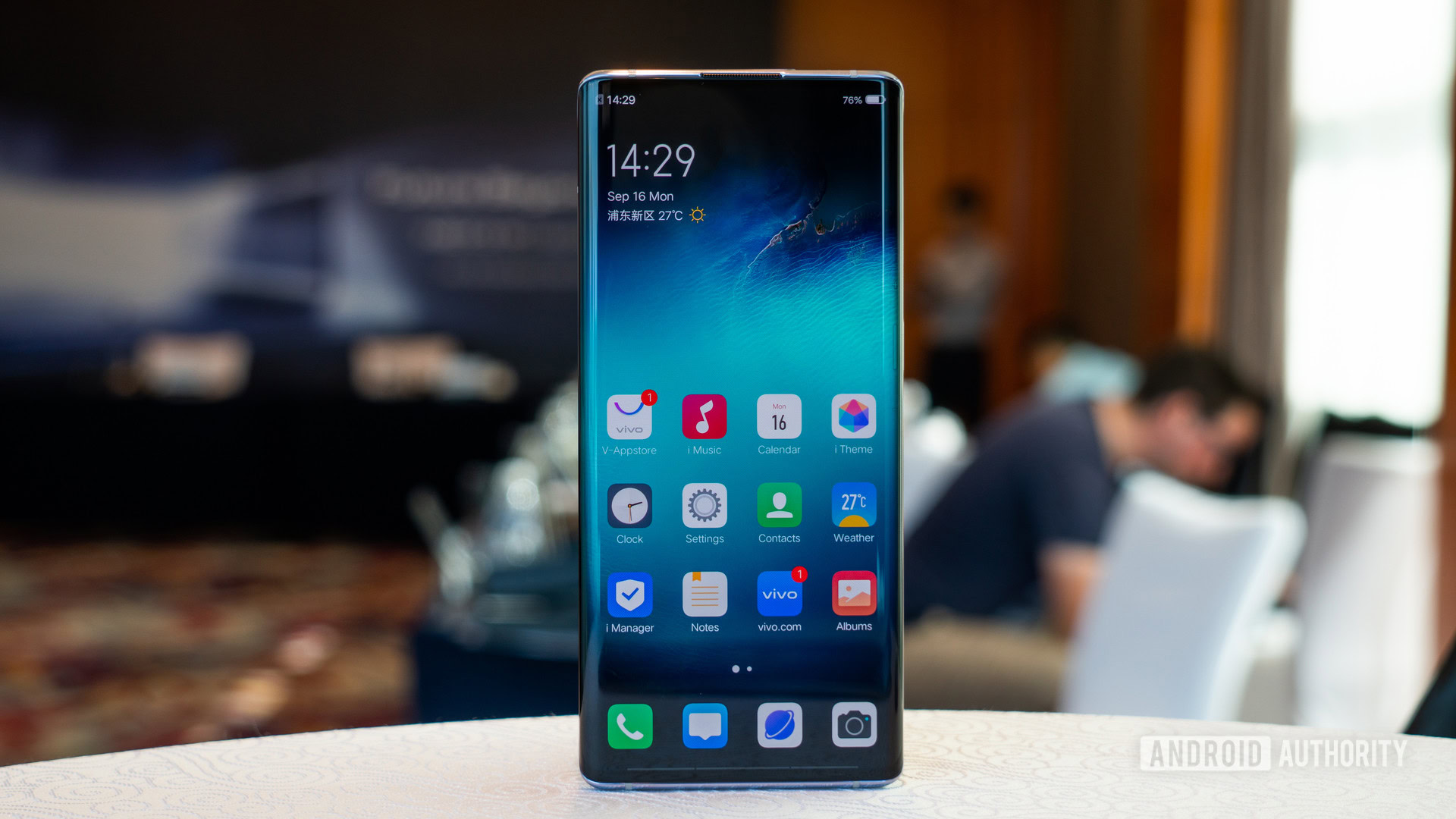
Besides the huge price tags, battery life problems, and limited 5G availability in the UK right now, it’s primarily the above reasons why I won’t be buying a 5G phone this year.
The 5G market is still taking shape, so there’s little reason to rush into a purchase that might not support the best 5G bands or technology in the coming years. Similarly, buying a mmWave phone today may not be worth the money if carriers end up delaying their super-high-frequency rollouts.
Buying a future-proof phone depends a lot on your region's 5G deployment plans.
Furthermore, 5G smartphone technology is still improving. Take Qualcomm’s recent Snapdragon X60 modem, which boasts enhanced carrier aggregation to make the most of whatever frequency bands your network has available. That alone makes 2021 handsets a more attractive prospect than today’s models. There’s always something better around the corner when it comes to tech, but with 5G there’s no rush to get on board early.
That being said, if you’re looking for a new phone this year, a 5G handset will still serve you well enough. Especially if you’re after a bump in data speeds. Just make sure you’re getting the right model to make the most of your 5G network.